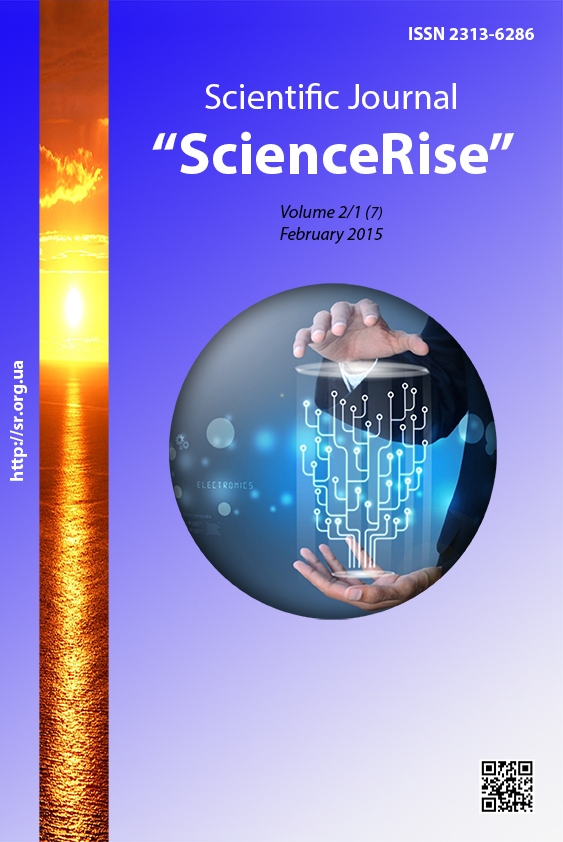Можливості застосування теорії несилового впливу в військовій контррозвідці
DOI:
https://doi.org/10.15587/2313-8416.2015.37460Ключевые слова:
спеціальні інформаційні операції, військова контррозвідка, теорія несилової взаємодіїАннотация
Стаття присвячена аналізу можливого застосування теорії несилової взаємодії в військовій контррозвідці. Метою такого застосування є забезпечення національної безпеки, яке спрямоване на адекватну протидію реальним та потенційним загрозам, що виникають або можуть виникнути внаслідок розвідувально-підривної діяльності спеціальних органів іноземних держав (розвідки, контррозвідки), недержавних розвідувальних і контррозвідувальних структур, організацій та окремих осіб.
Библиографические ссылки
Nye, J. S. Jr, Owens, W. A. America’s; Lloyd, R. M. (coursedirector); Bartlett, H. C. et. al. (1996). Informationedge. Second edition. StrategyandforceplanningFaculty, NationalSecurityDecisionMakingDepartment, NavalWarCollege, 630–648.
The Law of Ukraine on basics of national security of Ukraine (2003), [Zakon Ukrainy pro osnovy natsionalnoi bezpeky Ukrainy], Vedomosti Verkhovnoi rady Ukrainy, 39, st. 351.
Counterintelligence Security Service of Ukraine. Аvailable at: http://schoollib.com.ua/pravoznavstvo/1/554.html
Sun, Tszyi (1995). About War. [O Voyne], Sinology, Moscow, Ladomir, 28.
FM 33-1, Defense and Security Intelligence and Analysis: IHS Jane's, Available at: http://www.janes.com/
Johnson, L. S. A Major Intelligence Challenge. Toward a Functional Model of Information Warfare. Impact of Information Technology. Аvailable at: http://www.janes.com /FM 33-1.
Teslya, Y. U. (2010). Introduction to computer science-Nature. Мclaut, 255.
Law of Ukraine On counterintelligence activities (2003). Supreme Council of Ukraine (SC), 12, 89.
Law of Ukraine Security Service of Ukraine (1992). Supreme Council of Ukraine (SC) , 27, st. 382.
Загрузки
Опубликован
Выпуск
Раздел
Лицензия
Copyright (c) 2015 Юрій Миколайович Тесля, Микола Богданович Кубявка, Любов Богданович Кубявка

Это произведение доступно по лицензии Creative Commons «Attribution» («Атрибуция») 4.0 Всемирная.
Наше издание использует положения об авторских правах Creative Commons CC BY для журналов открытого доступа.
Авторы, которые публикуются в этом журнале, соглашаются со следующими условиями:
1. Авторы оставляют за собой право на авторство своей работы и передают журналу право первой публикации этой работы на условиях лицензии Creative Commons CC BY, которая позволяет другим лицам свободно распространять опубликованную работу с обязательной ссылкой на авторов оригинальной работы и первую публикацию работы в этом журнале.
2. Авторы имеют право заключать самостоятельные дополнительные соглашения, которые касаются неэксклюзивного распространения работы в том виде, в котором она была опубликована этим журналом (например, размещать работу в электронном хранилище учреждения или публиковать в составе монографии), при условии сохранения ссылки на первую публикацию работы в этом журнале .

